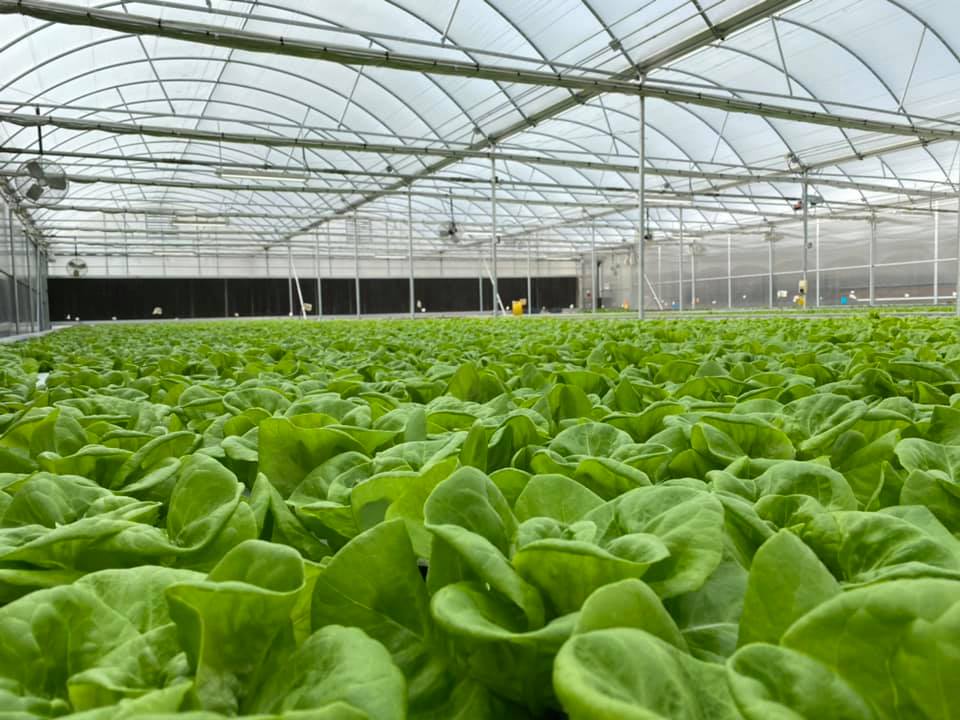Organic Certification in Aquaponics: Nurturing Nature’s Bounty
In recent years, there has been a growing interest in organic farming methods and sustainable food production. One innovative approach that has gained significant attention is aquaponics – a symbiotic system that combines hydroponics (the cultivation of plants without soil) with aquaculture (the raising of fish). This unique method allows for the cultivation of both vegetables and fish in a closed-loop system, minimizing waste and maximizing efficiency. However, as consumers become increasingly conscious about the origin and quality of their food, the question arises: can aquaponics be certified as organic?
To answer this question, it’s important to understand what “organic” means within the context of agriculture. Organic farming aims to minimize environmental impact while promoting biodiversity and ecological balance. It prohibits the use of synthetic fertilizers, pesticides, genetically modified organisms (GMOs), antibiotics, growth hormones, or any other artificial substances.
Aquaponic systems inherently embrace many principles of organic farming. They eliminate the need for synthetic fertilizers since nutrients are supplied through fish waste – nature’s own fertilizer. Additionally, by avoiding soil altogether, aquaponics eliminates potential contamination from chemical residues or heavy metals present in conventional soil.
However, one challenge faced by aquaponic farmers seeking organic certification lies in sourcing organic fish feed. Conventional fish feed often contains non-organic ingredients such as soybeans treated with synthetic pesticides or genetically modified cornmeal. To address this issue and ensure compliance with organic standards, some farmers have begun experimenting with alternatives like spirulina algae or insect-based feeds produced from organically raised insects.
Another aspect scrutinized during certification is water quality management. Organic regulations require that water sources used for irrigation or livestock hydration be free from contaminants such as chemical residues or harmful bacteria like E.coli. In an aquaponic system where water circulates between the fish tanks and plant beds continuously, maintaining water quality is of utmost importance. Strict monitoring and regular testing are essential to meet organic certification requirements.
Certification bodies also evaluate the use of chemical treatments in aquaponics. While organic farming aims to avoid chemicals altogether, certain circumstances may require their limited use for disease or pest control. Organic certification permits the use of approved substances derived from natural sources, such as neem oil or insecticidal soaps when necessary. However, it’s crucial to strike a balance between these interventions and the overall ecological sustainability of the system.
To obtain organic certification for an aquaponic farm, farmers must engage with their local certifying body and adhere to its specific guidelines. Organizations like the USDA (United States Department of Agriculture) or third-party agencies can provide guidance and conduct inspections to ensure compliance with all relevant standards.
In conclusion, while achieving organic certification in aquaponics presents unique challenges compared to traditional soil-based farming methods, it is indeed possible with careful planning and adherence to organic principles. By embracing sustainable practices that prioritize environmental health and biodiversity conservation, aquaponic systems have great potential not only as efficient food production methods but also as contributors to a more sustainable future. As consumers continue seeking out healthier and more environmentally friendly food choices, organic-certified aquaponics can play a significant role in nourishing both people and our planet.


Leave a comment